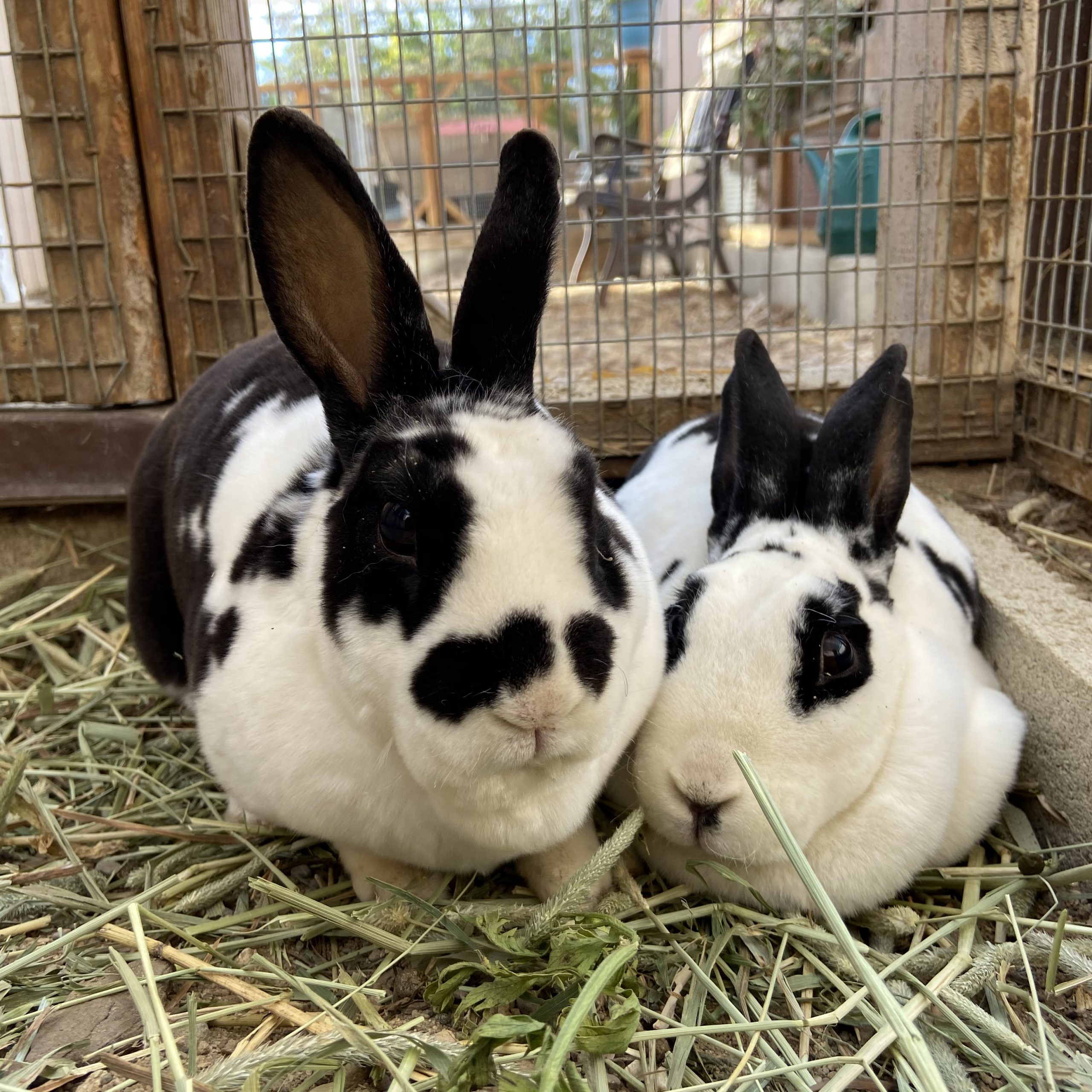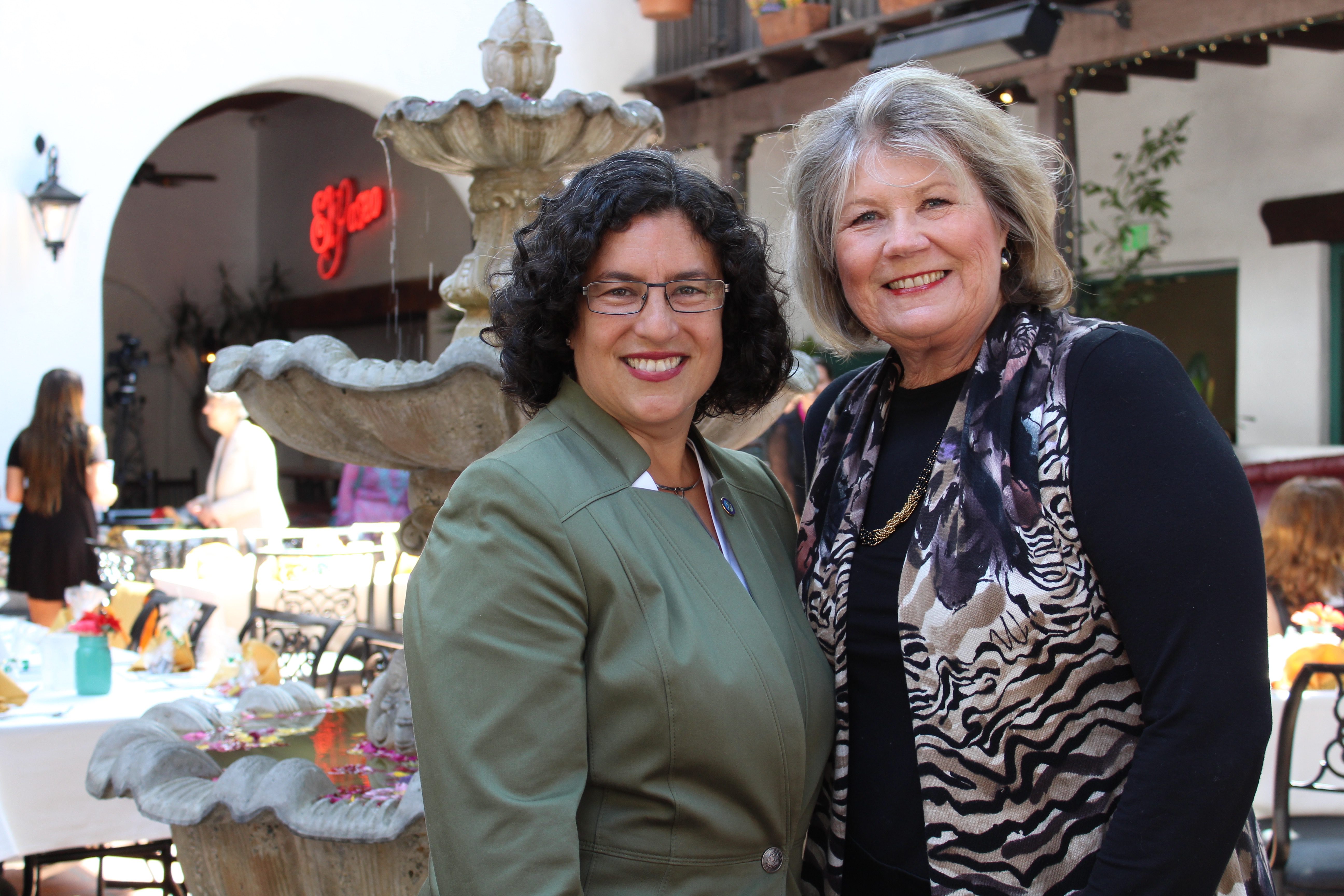By Jim Riley
Contributing Writer
Healthy longevity is a goal for seniors. Who doesn’t want to be healthy and move well in the activities they like and need to do as they progress through their senior years?
Good fortune in the genetic pool and in life is part of the equation. However, accidents, arthritis, and diseases such as cancer, diabetes and heart disease may alter our desired lifestyle regardless of how disciplined we’ve been about diet and exercise.
Misfortune may happen and, to some degree, life is a crapshoot — but our focus needs to be on improving our odds for a long, healthy and active life.
This column is about establishing a minimal level of fitness to create a foundation for a healthy, active life. Those desiring to improve sports performance or a higher level of fitness will need more activity targeted toward their specific goals, but this basic maintenance program still provides everyone a good foundation for fitness:
- A brisk 30-minute daily walk is the foundation of the basic maintenance program. Brisk walking provides a cardio workout that enhances the efficiency of the heart, lungs and circulatory systems. It also strengthens the legs, hips and torso, improves balance and rhythm, and helps to maintain our most basic form of transportation.
If brisk walking for 30 minutes is difficult, break the walking time into smaller intervals until you work up the 30 minutes. Walking is the most natural and fundamental mode of human movement and is essential to maintaining health and fitness. If you do no other activity, at least walk.
- The get up-get down exercise is also an important movement for seniors. A common complaint from seniors is that it is difficult or impossible to get down on the floor and get up again.
This exercise is good for all seniors, but if it is difficult for you to perform it is essential to improve those skills or you may lose that ability and that could be life-threatening.
The get up-get down improves strength, mobility and stability in legs, hips, spine and shoulders. It stimulates the heart and lungs to improve cardio-respiratory ability. Most importantly, it improves balance and teaches you how to fall properly and get up again.
This exercise may prevent you from having to make the call, “Help, I’ve fallen and I can’t get up.”
That’s a lot of important benefits from one exercise.
To perform the get up-get down exercise, begin in a standing position and move to a position on the floor lying on your back. You figure out the best way to get there. There is no perfect way. Return to a standing position.
As skill improves, perform the exercise more quickly. Do the exercise three times weekly, working up to five repetitions each session.
If you cannot perform the drill, begin from the all-fours, hands-and-knees position. Place your hand on a solid nearby table or chair if more assistance is needed.
You may find this exercise more vigorous than anticipated.
- The “loaded carries” exercise trains torso integrity. Loaded carries strengthen the torso in good postural alignment and connect the legs to the arms for stronger, more efficient movement.
To perform loaded carries, simply pick something up and walk with it until you are moderately fatigued; rest briefly and do it again.
You may carry a weight, a bucket of sand or rocks, a laundry basket full of clothes, or your groceries in a hand basket rather than a grocery cart. Just pick up stuff that is moderately heavy and walk with it until fatigue begins. Then set it down and rest for a moment and do it again.
Three sets of loaded carries twice weekly will yield a stronger, more connected and more athletic body.
This program is realistic, simple and effective — and it does not require a gym membership.
Although age may bring a decline in physical abilities, fitness is really less about age and more about what you do as you age. Keep moving well and often.






